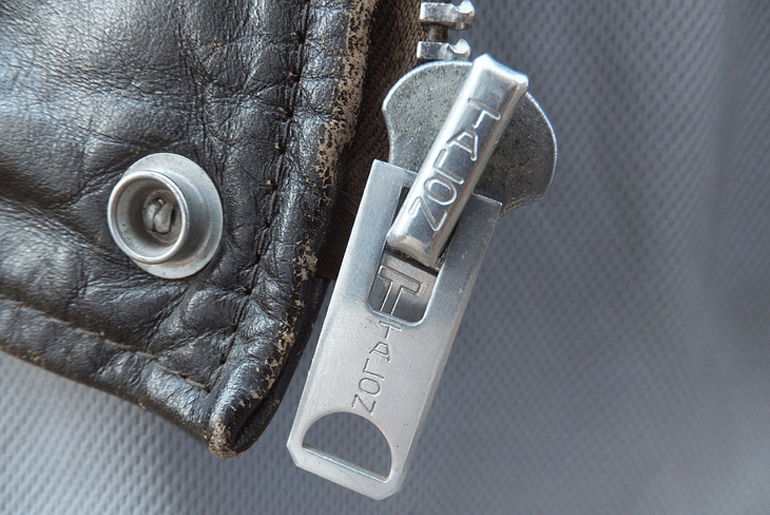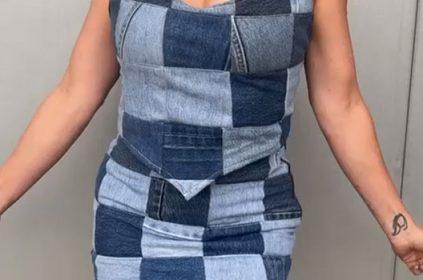Vintage clothing gains significant value for being a genuine article from a past era, so it’s not enough if it’s just a reproduction of an old garment that has been made in modern times.
Acquiring vintage clothing means being part of the sustainable fashion movement that arises in response to fast fashion; in other words, it falls under the category of «slow fashion.»
Therefore, it is crucial to learn how to differentiate and find any clue that indicates that the garment presented as vintage was made in the decades prior to 1990.
Let’s look at the details that tell us we’re dealing with a vintage piece.

The Detail of the Tag
Tags made in past times were crafted with great care, many of them even embroidered. Brands were concerned with differentiating themselves from one another, so they used the tag to convey their logo and the quality of their materials very explicitly. Even if it’s a printed label, you’ll notice that the typography is much more romantic.
The Handwork
The older a garment is, the more manual labor is evident on it, so if you have a piece of clothing from before the industrial revolution, make sure it has numerous hand-made details.
Before the advent of mass production, it was more common to rely on local tailors and designers. However, for clothing after the 1960s, this detail tends to fade unless the garments are exclusive.
Pleats in Trousers
There are details that are characteristic of other times, such as pleats in trousers. This is no longer commonly seen in modern garments. Other details are also important, like the bell-bottom jeans of the ’70s or the shoulder pads in ’80s blouses.
Overcast Stitching
The detail in the finishing of the stitching of old clothing was less perfect. Nowadays, most sewing workshops have overlock sewing machines, which serve to overcast, meaning they provide a finish without excess seam allowance by wrapping any excess in a chain of threads, improving the finish and preventing fraying. If this type of stitching is present in the garment, it’s surely a modern piece.
Country of Origin of the Clothing
Since 1965, with the establishment of the maquila decree, the intention was that foreigners could supply the United States with cheap labor for the manufacture of their textiles for various fashion houses. That’s why many clothing labels reveal their place of origin as different from the selling country. Countries like China, Mexico, and Taiwan were for many years the manufacturers of origin. These types of agreements continue, but the country of origin today is mainly Vietnam.
At Flamingos Vintage Kilo, we are waiting for you.








